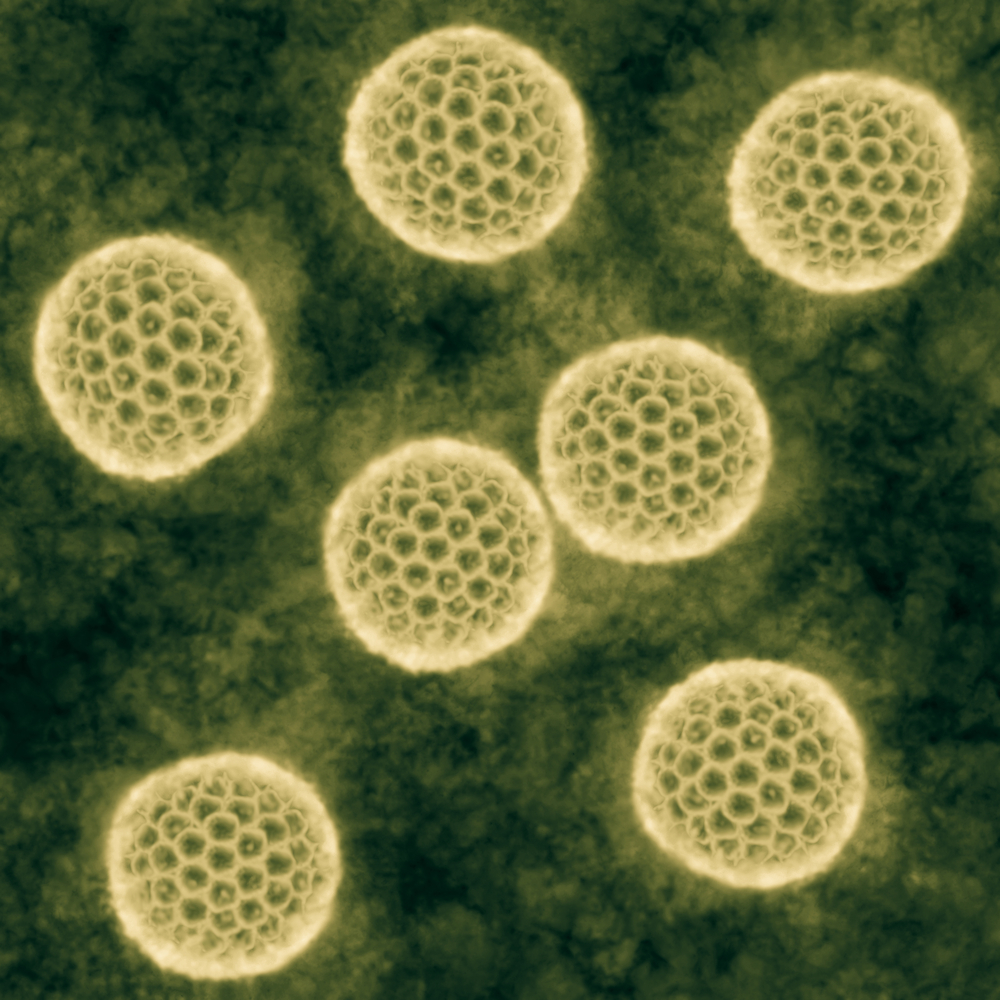
National Institutes of Health (NIH) scientists reported a new step forward in understanding and developing tools against tick-borne viruses this week, with the development of a laboratory model to study flaviviruses.
Specifically, it was researchers at Rocky Mountain Laboratories–a part of the NIH’s National Institute of Allergy and Infectious Diseases–which made the breakthrough. They said the new culture model will lend insights into how, exactly, flaviviruses infect ticks in the first place, through culturing of organs taken from ticks and infecting those organs with the viruses. Researchers in turn hope to use that model for development of medical countermeasures.
The model was developed through the dissection of three tick organs–the midgut, salivary glands and nervous tissue–which were then introduced to flaviviruses, with their viability then being studied over the coming days. Scientists found that both Powassan virus–a virus responsible for the death of a New York man earlier this year–and Langat virus–a mild flavivirus typically only active in Southeast Asia–successfully infected and spread in salivary glands and the midgut.
Flaviviruses can be spread by both mosquitoes and ticks. These can cause any number of medical issues, from mere fevers and headaches to death, in some cases. In the case of diseases like Powassan virus, no licensed treatments or vaccines are currently available.




